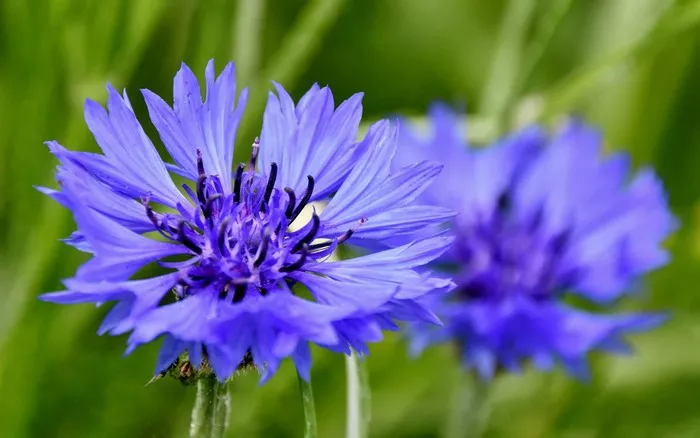Purple coneflowers, scientifically known as Echinacea purpurea, are perennial flowering plants native to eastern and central North America. Renowned for their vibrant hues and medicinal properties, these resilient blooms have earned a place in gardens, landscapes, and herbal medicine cabinets alike. One of the most common questions among enthusiasts and gardeners alike is: how long do purple coneflowers bloom? In this comprehensive guide, we delve into the intricacies of their blooming period, exploring factors that influence their longevity and tips for maximizing their vibrant display.
Understanding the Purple Coneflower
Before delving into their blooming period, it’s essential to understand the anatomy and lifecycle of purple coneflowers. These hardy perennials typically grow between two to four feet tall, featuring distinctive daisy-like flowers with prominent, cone-shaped centers. The petals range in color from pinkish-purple to vibrant magenta, creating a striking visual contrast against the surrounding foliage.
Purple coneflowers typically bloom from late spring to early fall, showcasing their resplendent flowers for several months. However, the exact duration of their blooming period can vary depending on several factors, including environmental conditions, cultivar type, and maintenance practices.
Factors Influencing Blooming Period
1. Environmental Conditions:
Temperature: Purple coneflowers thrive in moderate to warm temperatures, with optimal growth occurring between 60°F to 80°F (15°C to 27°C). Extreme heat or cold can shorten their blooming period.
Sunlight: These sun-loving plants require full sun exposure to bloom profusely. Insufficient sunlight can result in reduced flower production and a shorter blooming season.
Soil Moisture: Purple coneflowers prefer well-drained soil and moderate moisture levels. Excessive waterlogging or drought conditions can adversely affect their blooming period.
2. Cultivar Type:
There are numerous cultivars of purple coneflowers, each with its unique characteristics, including flower color, size, and blooming period. Some cultivars may bloom earlier or later in the season compared to others, offering gardeners a range of options to extend the overall blooming duration in their gardens.
3. Maintenance Practices:
Deadheading: Regular deadheading, or the removal of spent flowers, encourages continuous blooming by preventing the plant from expending energy on seed production. This practice can prolong the blooming period and promote the development of new flower buds.
Fertilization: Providing adequate nutrients through fertilization can support healthy growth and prolonged blooming. However, excessive fertilization, particularly with high nitrogen content, can stimulate excessive foliage growth at the expense of flower production.
Pruning: Light pruning can help maintain plant vigor and prevent overcrowding, which can inhibit airflow and sunlight penetration. Pruning spent blooms and leggy growth can rejuvenate the plant and encourage additional flowering.
Maximizing Blooming Duration
To maximize the blooming duration of purple coneflowers in your garden, consider the following tips:
1. Selecting the Right Location:
Choose a sunny location with well-drained soil for planting purple coneflowers. Avoid areas prone to waterlogging or excessive shade, as these conditions can impede their blooming.
2. Proper Planting Technique:
Plant purple coneflowers at the appropriate depth, ensuring that the crown sits level with the soil surface. Water newly planted specimens thoroughly to establish their root systems.
3. Regular Watering:
Provide consistent moisture, particularly during periods of drought, to support healthy growth and prolonged blooming. Water deeply but infrequently to encourage deep root development.
4. Mulching:
Apply a layer of organic mulch, such as shredded bark or compost, around the base of the plants to conserve soil moisture, suppress weeds, and regulate soil temperature. Mulching also helps maintain optimal soil conditions for prolonged blooming.
5. Deadheading and Maintenance:
Deadhead spent flowers regularly to promote continuous blooming throughout the growing season. Monitor the plants for signs of pests or diseases and take appropriate measures to mitigate any issues promptly.
Conclusion
Purple coneflowers captivate gardeners and nature enthusiasts alike with their vibrant blooms and resilience. While their blooming period typically spans from late spring to early fall, various factors can influence the duration and intensity of their flowering display. By understanding these factors and implementing appropriate care practices, gardeners can extend the blooming season of purple coneflowers in their gardens, enjoying their beauty for months on end. Whether adorning flower beds, borders, or wildflower meadows, these enchanting perennials continue to enchant and inspire with their enduring charm.


